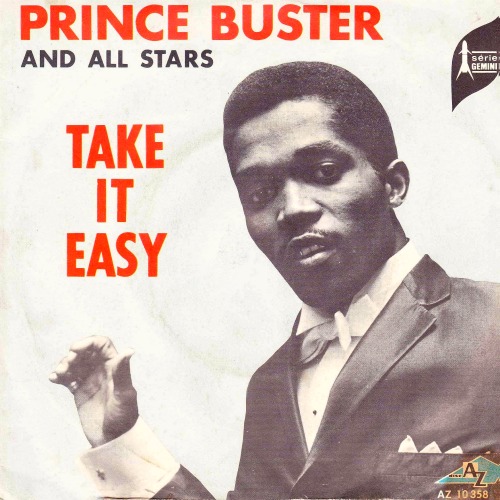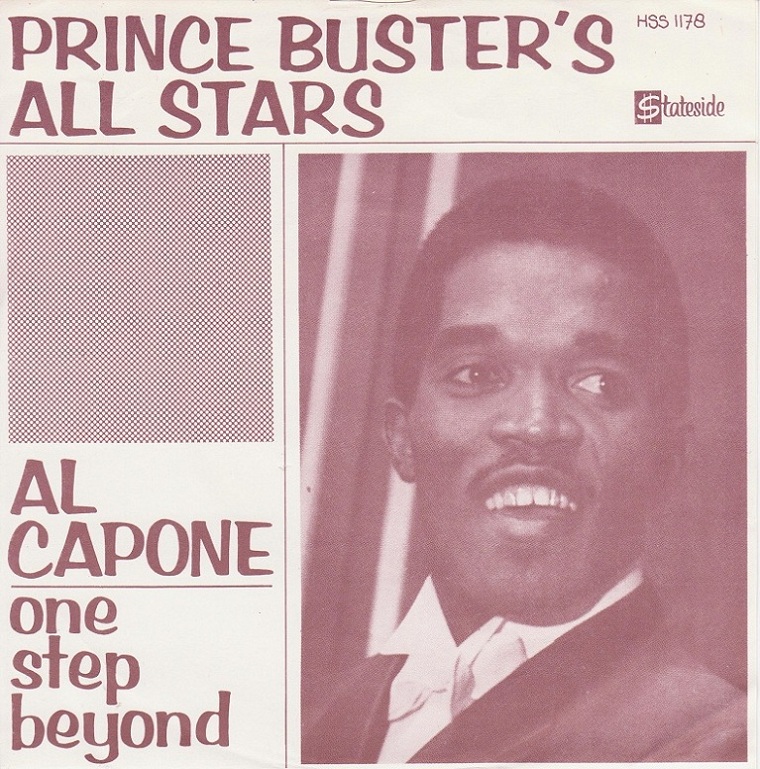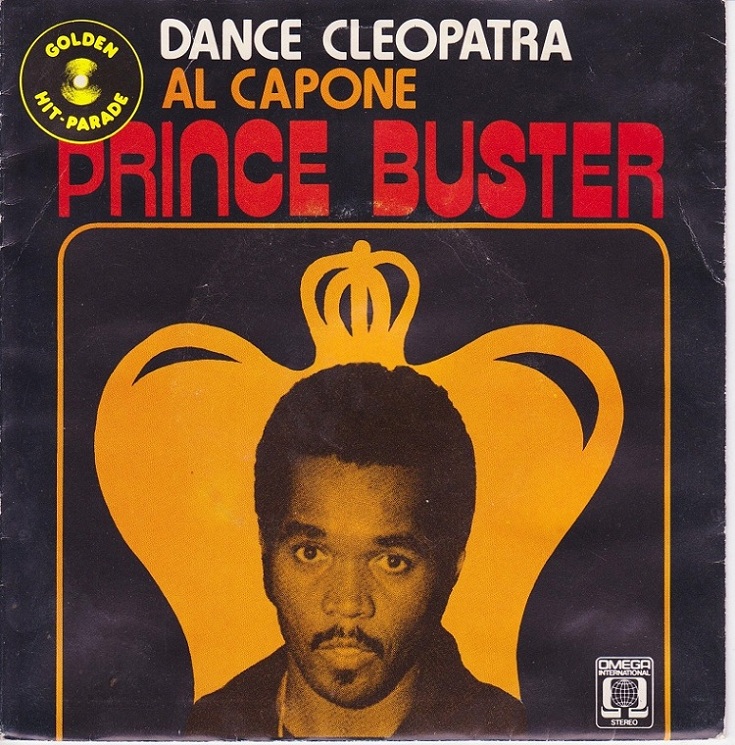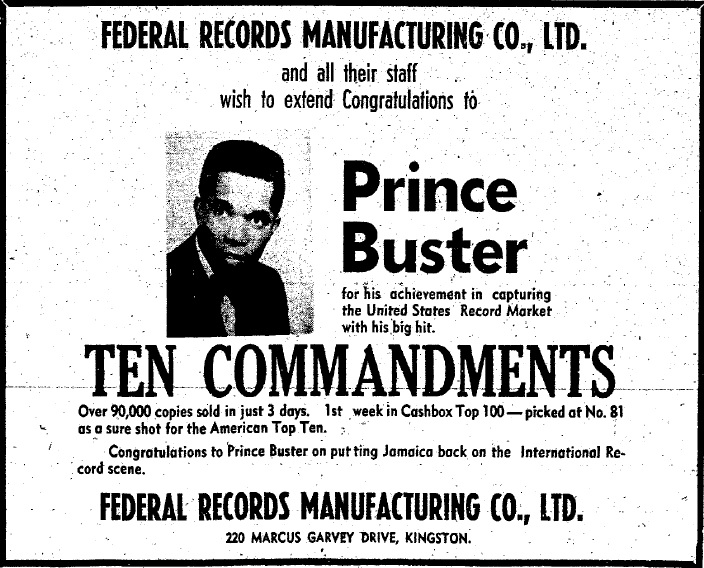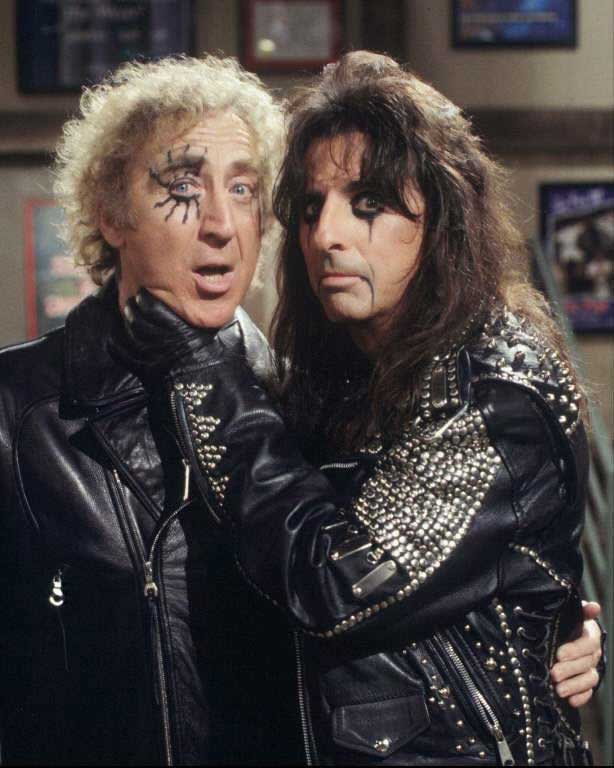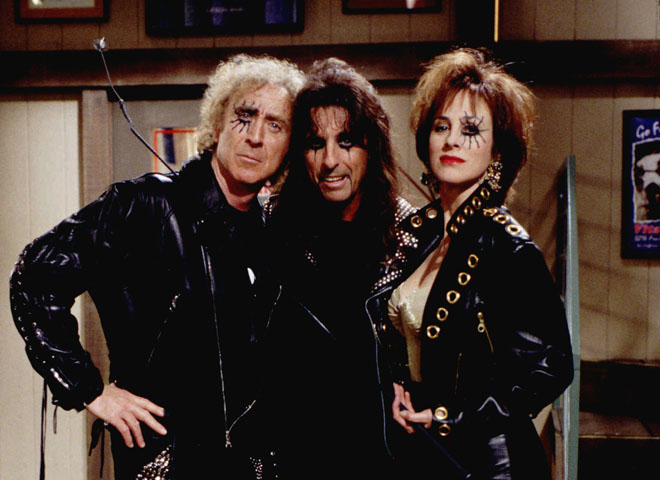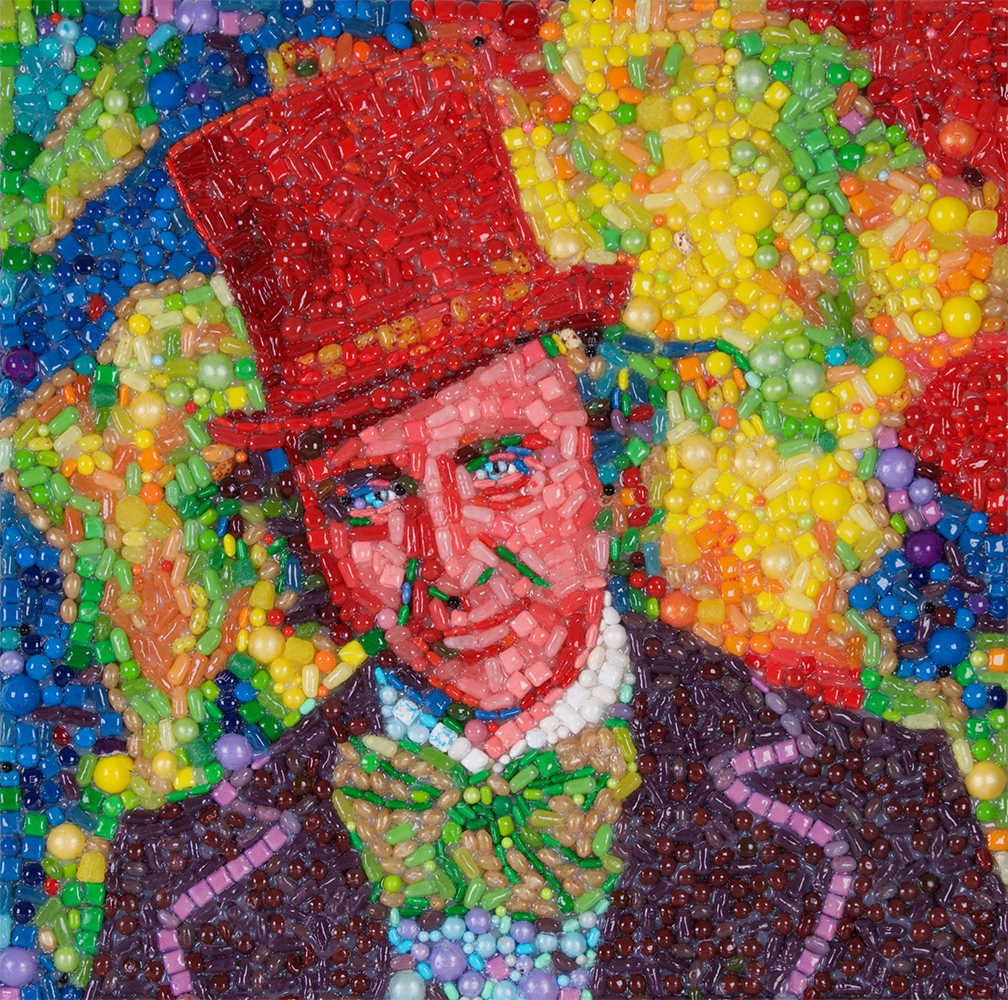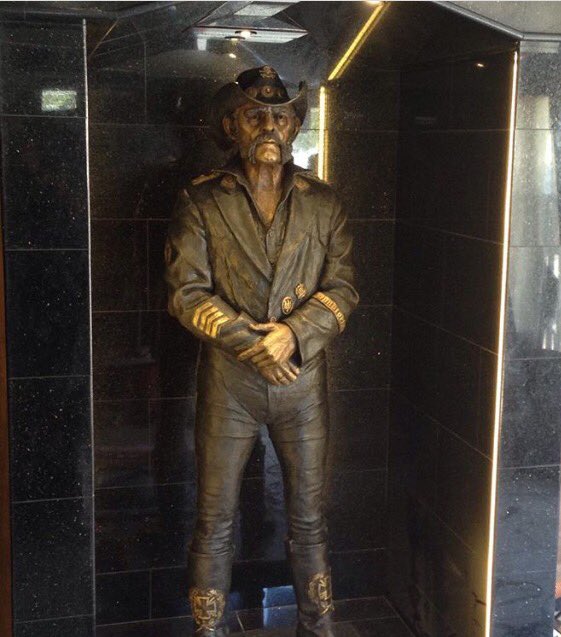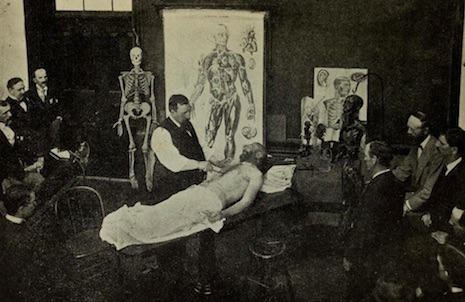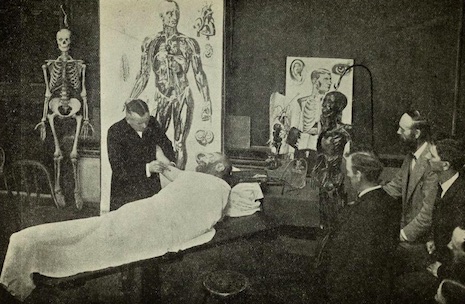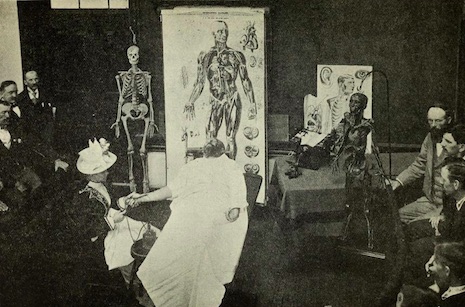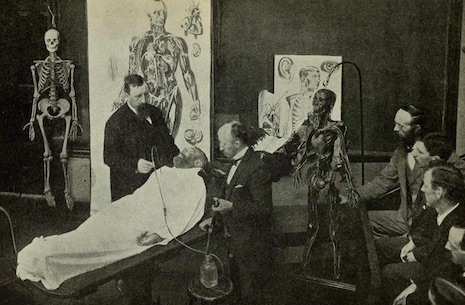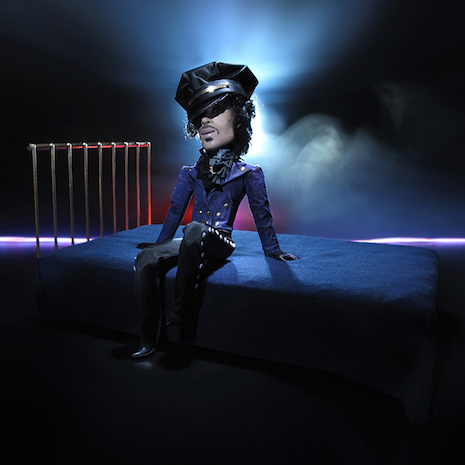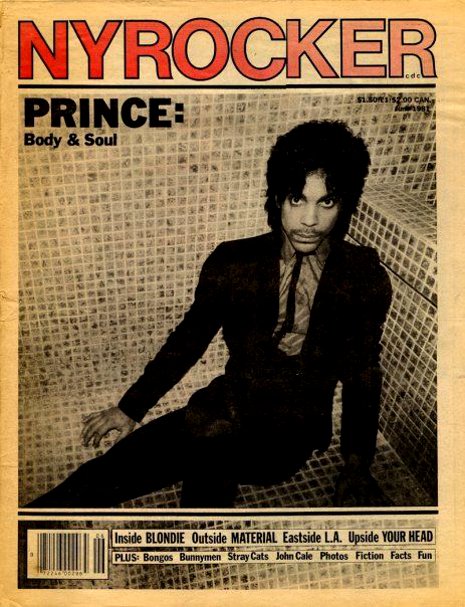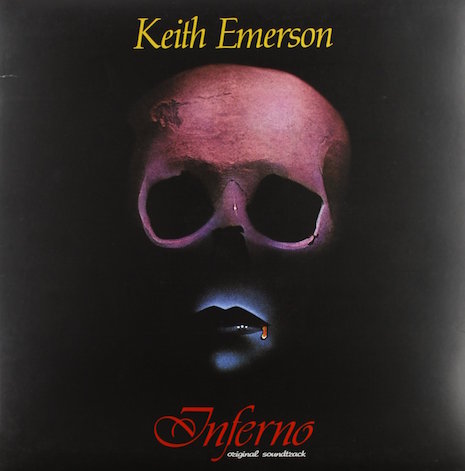
Rex in the Sea of Cortez, Baja Mexico 2001 Sasha Eisenman/Sun-Godz
In the early 1990’s a 22-year old surfer kid from Newport Beach hit the L.A. music scene and turned it inside out. Rex Kingsley Thompson (nickname: “Tatarex”) was a thin, cool, attractive, 6’4” tall creation that looked like he had just arrived in a time machine. His band The Summer Hits released a handful of singles between 1992-1996 and were played on BBC Radio 1 by legendary deejay John Peel. Then like a flash, Rex left southern California for Europe without a penny in his pocket where he spent twelve years exploring chic, tropical islands and castles with beautiful women of royalty. Last week the news of Rex’s passing at the age of 47 hit the internet and saddened thousands of friends and followers who recount his super unconventional lifestyle and profound cult-like influence on people everywhere he went.
Known around skateboard parks for always drinking pink lemonade, Tatarex was also somewhat of a local at “The Wedge” in Orange County, a surfing spot just off the end of the Balboa Peninsula popular for its big waves and laid-back lifestyle. As a mohawked youth back in Glendora, Rex had originally intended to be a tennis player but once he hit his 20’s and left home he began shifting his focus towards other interests such as fashion, the beach, music, and recreational drug use. “He walked around like he was this psychedelic blue blood sometimes. You know what I mean? Because he was always asking everybody about their fashion, and clothes, and hygiene, and appearance. He didn’t judge you he would just kind of point people in the direction of the finer things in life. Not just expensive things, but the things that make you live free and think that you can really enjoy life” says longtime friend Brent Rademaker.
Rex drove around in a Volkswagon bus he called “Peanut” searching local vintage stores for groovy clothes and groovy records. Brent recalls the modes of communication before cell phones existed: “He worked at the Newport Classic Inn, I’d call him there. The only way to get in touch with him would be to call him at work. He’d answer the phone ‘Good afternoon the Newport Classic Inn Hotel this is Rex speaking’ It was kind of like the thing in Quadrophenia when the Ace Face gets outed as a bellboy. I even went down there and Rex is dressed in a button-down shirt with a tie. Darren and I came from Florida and Rex really lived all things west coast and lived all things southern California. He made us honorary Californians and he didn’t treat us as outsiders.”

The Summer Hits, mid-‘90s collage courtesy of Brent Rademaker
With no prior musical experience or training, Rex picked up a left-handed bass and taught himself to play. After his first band fell apart (a C86 influenced local group called Speed Racer) Rex formed The Summer Hits by recruiting friends Darren Rademaker and Josh Schwartz (of the lo-fi “indie rock” band Further). They released a handful of 7"s on labels such as Small-Fi, Volvolo, Silver Girl, and 1000 Guitar Mania. Rex’s unique singing voice on the 8-track recordings was nearly drowned out by a wall of fuzz and feedback, with lyrics that reflected all of his most favorite things: summer, the beach, drugs, listening to music, girls, runnin’ from the fuzz, and retreating into the desert night.
In 1997 the year following the band’s split, Brent issued The Summer Hits compilation CD on his own label Xmas Records. “I took every dime I had to put that Beaches and Canyons CD together. I found all the comp tracks and all the singles and all the tapes and I took them down to Capitol (Records) tower and mastered them. The guy looked at me like I was insane when it came on. You know? And I’m like ‘Can you add even more fuzz?’ and he’s like ‘What?! I can’t clean these up,’ I said ‘I don’t want you to clean them up, I want you to make them dirtier.’”
Besides being the life of the party and a psychedelic social butterfly, Rex Thompson had been making amazing mixtapes which were then duplicated and passed down by friends and friends of friends. The more tapes Rex made the deeper the tracks got and the more extensive his handwritten linear notes became. One tape of Rex’s in particular titled Find the Sun really stood out amongst his circle of friends and focused on recordings from 1966-1973 by groups all over the world experimenting with the “west coast sound.” Rex’s personal description of the tape was “Magic hippie vibes for lost cosmic children with countrified brains.” Brent recalls, “It had a great title and it was full of obscure, beautiful, beautiful groups. One day Chris Gunst, Josh Schwartz, and I were listening to that tape and one of us just said ‘We can make a group that sounds like this.’ Slowly our clothes started changing, next thing Chris was wearing cowboy western shirts.” L.A. supergroup Beachwood Sparks was formed, they had a successful career on Sub Pop Records and were later featured on the soundtrack to the 2010 cult classic Scott Pilgrim vs. the World. “We wouldn’t have existed if it wasn’t for that tape and Rex’s influence.”
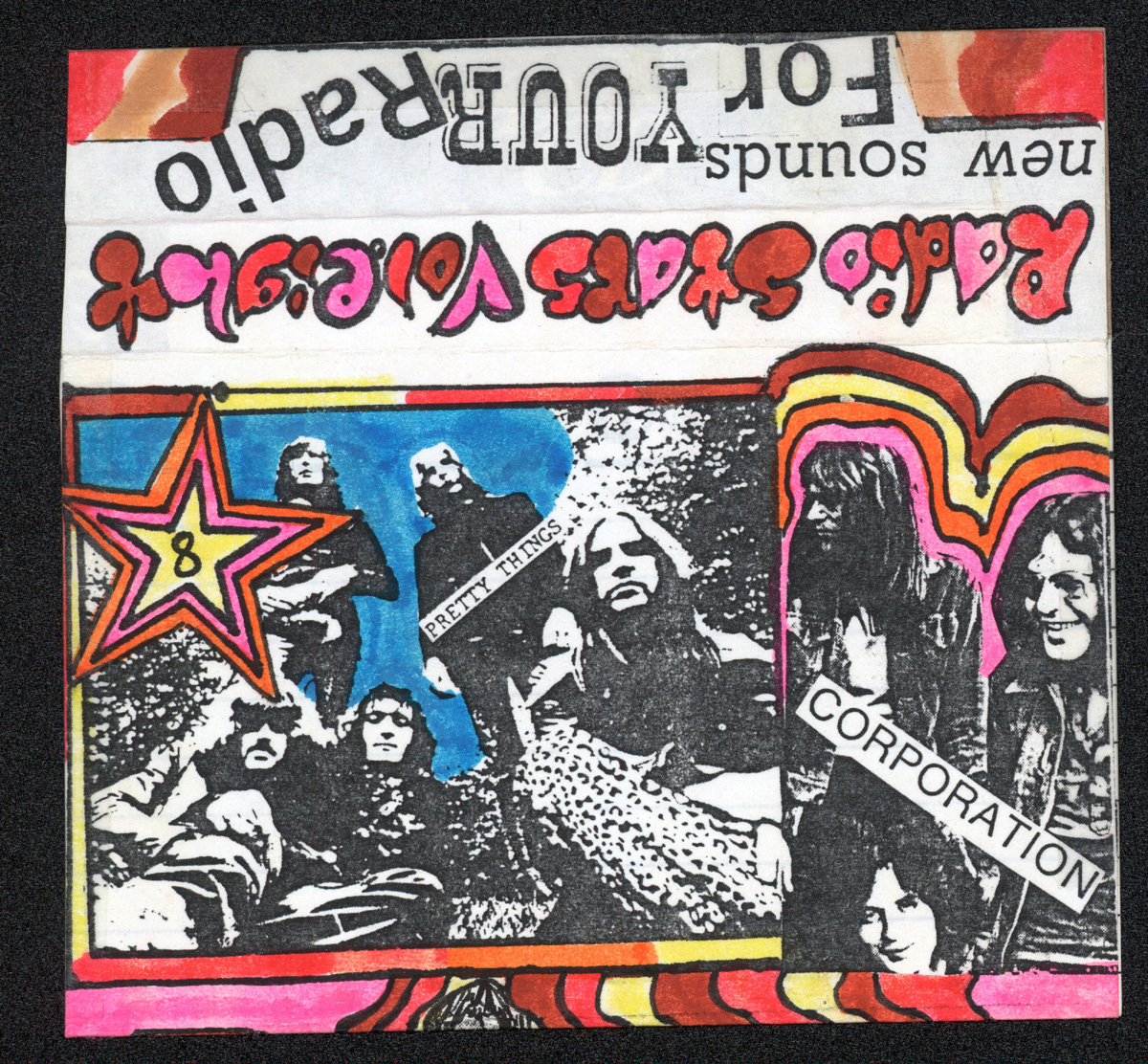
“Radio Stars vol.8” mixtape courtesy of Sasha Eisenman/Sun-Godz
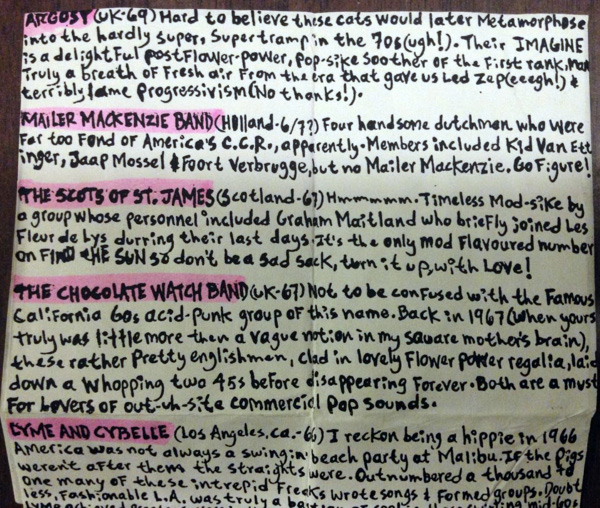
“Find the Sun” mixtape linear notes courtesy of Maura Klosterman
“Another thing that speaks so highly of Rex, the linear notes on his tapes are so in depth. And I’m not saying that the pre-internet world didn’t learn or share knowledge or do research. But at what he had at his disposal he really went in depth and he knew what he was talking about when he was talking about country rock, psych, folk, west coast garage, fuzz. Whatever it was, he knew it.”
More after the jump…






